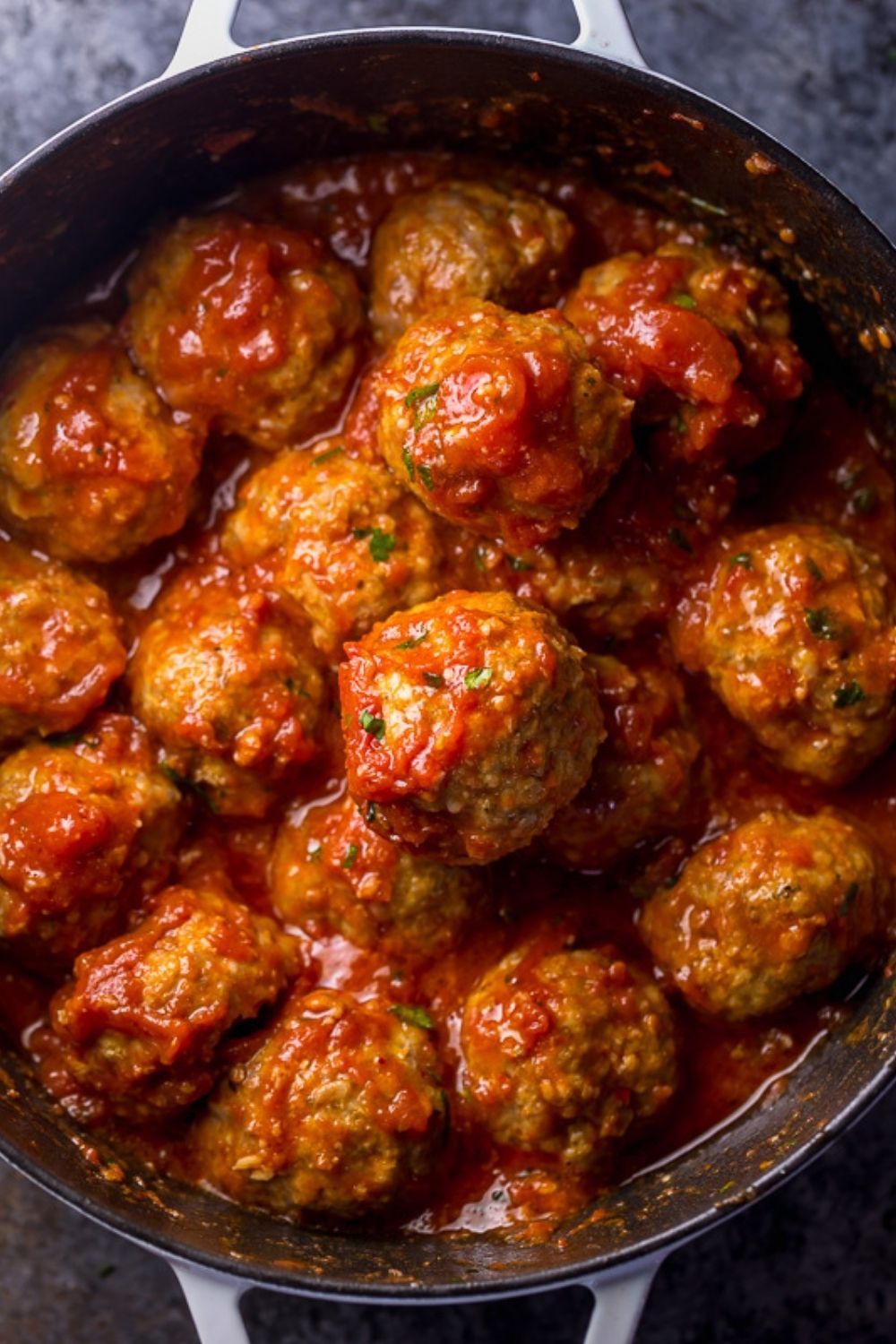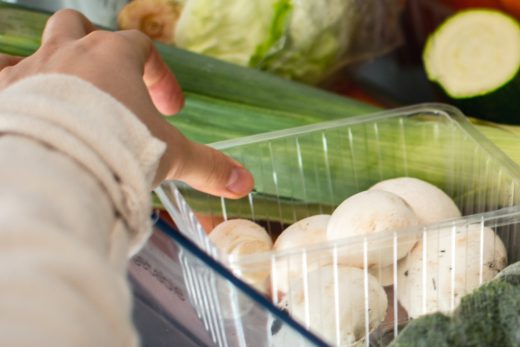While I think it’s likely that the bagel is a descendant of ka’ak, the most relevant insight of the journey of this ring-shaped bread through history is that it isn’t uncommon for people to adopt the foods of those they interact with and to evolve those foods in unique ways. While ka’ak uses sugar water to ensure sesame seeds adhere to its exterior, bagels use the latent moisture and heat from boiling or an egg wash to add a wide variety of textures and flavors to their crusts, whereas simit opts for the grape syrup known as pekmez to ensure that sesame seeds (or poppy, or flax) stick. The processes are similar, yet different, used to the same ends but producing vastly different flavors and textures, and these few examples don’t even cover the many different ways in which each of these breads have been enjoyed for centuries. Innovation and tradition need not be mutually exclusive.





